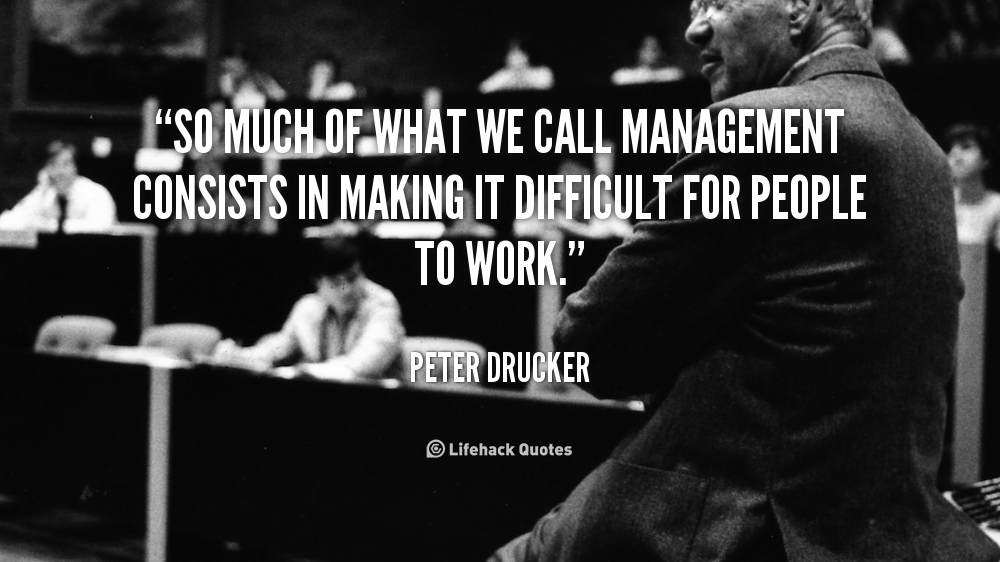For context, I believe the first chance was brand/marketing. That potential has pretty much been converted into a banal, mostly campaign oriented, traditional media (with better targeting thanks to various contexts) approach, though thankfully, we have do some rebel strongholds. I can clearly see this within the Big Shift construct – the third wave is about how organisations/institutions respond to knowledge and the flow of information, and what I see now is the typical marketing organisation conveniently converting social into a media framework that it seemingly understands and has worked with for a long while. The big boys – Facebook, Twitter, YouTube – have all created advertising products that cater to this thinking. Viva la broadcast!
But I’d like to think that all is not lost. Social changed to social media when it approached brand in the same way its media predecessors did. I see this as a phase which will last until social media saturates itself and becomes just another standard media platform. That leads me to think – if each domain (HR, Product) treats social in the same piecemeal way, it is bound to fail across them all. When this does happen, at least some organisations will realise that a larger structural change is afoot and the institutional response needs to be more strategic. “The Next Social Imperative” made me realise that social has been attempting to work on top of business processes, but it needs to work the other way to even begin this journey. (also, strongly reminded of Tac Anderson’s post in this context back in 2010!) The driver will be market dynamics but the good news for organisations is that many in the existing workforce have the potential to become navigators of this change.
How does the workforce systemically play a part? Stowe Boyd’s insightful “The Future of Work : 4 trends for 2014” has at least two trends (consumerisation of work and me-isation of productivity and performance) that clearly point to this shift and its harbingers. Consumer technologies (and more so, the philosophy behind them) and a different kind of workflow can actually make an organisation more consumer centric than the silo approach currently followed. Steven Sinofsky’s long but superb post on the theory and manifestation of this paradigm shift is a must read on this subject. A very interesting manifestation of this shift I saw recently is Zappos’ move towards holacracy – a comprehensive ‘operating system’ for organisational governance that focuses on purpose and accountability without a top-down, hierarchical management structure.
This could be the first step towards ‘social business’, and I’m thinking of social business as a platform. (a fantastic read on platforms) The organisation and its purpose would actually work as a platform to channelise and augment the connection between employees and consumers. This purpose would also convert a job into work than an employee is connected to, and on the other side, it would help the consumer get closer to a brand he believes in. This is also when epics happen. Social (and other) technologies would play enablers for a more fundamental change in the structure and nature of work, and allow organisations to harness data, connections and transactions towards a shared purpose. More a transition than a disruption. Different organisations, I think, would evolve differently – some would not evolve at all. This is more hope than anything else, but I do believe that social technology has it in itself to be transformational, and not just transactional.
until next time, back to a socialist, communist workforce 😉


3 thoughts on “Social’s second chance”